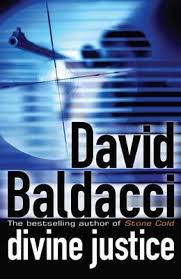Indian Penal code 377 stated:
Whoever voluntarily has carnal intercourse against the order of nature, with any man, woman or animal shall be punishable with imprisonment for life or with imprisonment of either description for a term which may extend to ten years and shall also be liable to fine.
But then all of this came to an end with the historical judgment of July 2nd, 2009 which decrimanalised the law.
There are many evidences which shows that Same sex sexual desire has been recorded from ancient times in the east. This desire is the reason behind same-sex unions, usually between men. It often included some difference in age. Information on relationships among women in ancient times is very rare. May be because women were not afforded equal status with men, so that, while men were free to pursue sexual and romantic pleasure both within and without marriage, women often were not. Male love was encouraged in China, especially in the southern province of Fujian. Men would even marry youths in elaborate ceremonies. The marriages were long lasting. At the end of this marriage the elder partner would help the younger find a wife (of course female!) so that he can settle down to raise a family!!!
In West. Ancient Greece gives us the earliest western documents concerning same sex relationships. In ancient Greece, same-sex relationships were a societal norm. Certainly, these relationships did not replace marriage between man and woman, but occurred before and beside it.
s their any examples of homosexual relationships in the history? Of course there are! But, the sexual orientation of pre-modern figures is a topic of intense controversy. It may be accepted, for example, that the sex lives of historical figures such as Alexander the Great, Plato, Hadrian, Virgil, Leonardo da Vinci, Michelangelo and Christopher Marlowe included or were centred upon relationships with people of their own gender. Terms such as homosexual or bisexual might be applied to them in that sense. But many regard this as risking the anachronistic introduction of a modern social construction of sexuality that is foreign to their times. For example, their societies might have focused upon the sexual role one took in these encounters, namely active, passive, both, or neither, as a key social marker. This particular system of designation is currently the norm in many areas of Latin America. As for Indian custom, the Khajurao Caves stand testimony to past of such sexual orientations.


